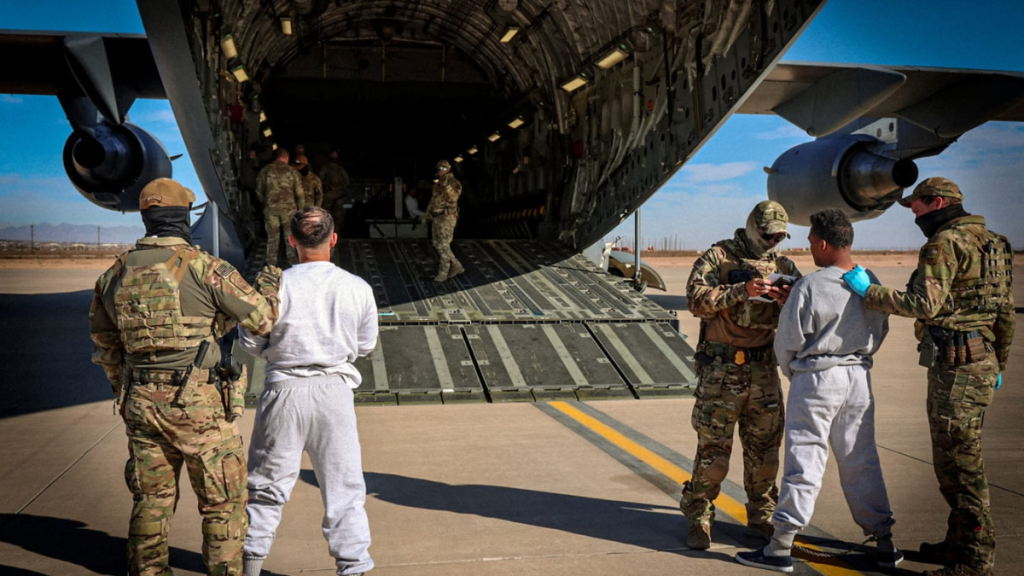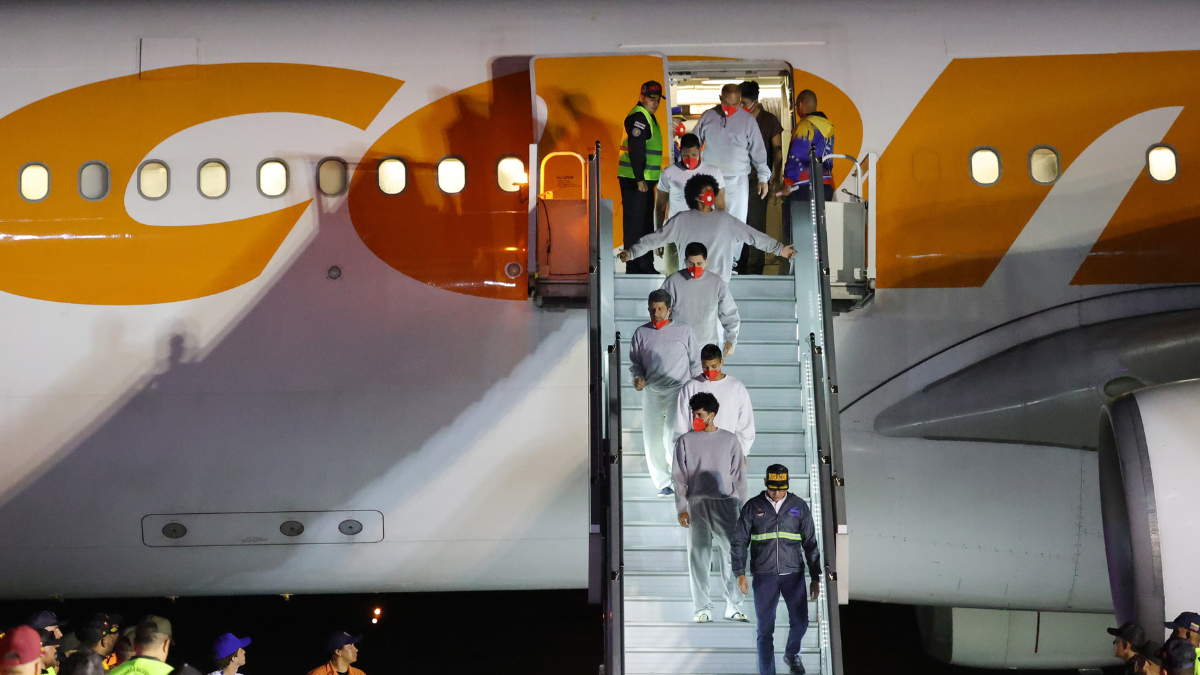The U.S. Department of Defense has come under scrutiny after revelations that it spent more than $21 million on flights to and from Guantanamo Bay over the past year — a figure raising eyebrows, considering the detention facility currently holds only 32 inmates.
The high cost, disclosed in a recent government report, has reignited debates about the financial burden and ongoing operation of the controversial detention center located in Cuba.
Once housing nearly 800 detainees at its peak in the aftermath of the September 11 attacks, Guantanamo Bay now operates with only a small fraction of that number. Despite this drastic reduction, the Pentagon continues to allocate millions for logistics, transportation, and operations at the facility — costs that critics argue are disproportionate and unsustainable.
Breakdown of the $21 Million in Flight Costs
According to officials, the $21 million expenditure includes a range of air travel-related costs, including personnel transport, legal visits, and logistical support flights. Many of these flights originate from the mainland United States and are chartered due to security and clearance requirements unique to Guantanamo Bay.
- Charter Flights: The military relies on chartered jets to carry judges, lawyers, court staff, and other personnel to the U.S. Naval base in Cuba for pre-trial hearings and administrative duties.
- Small Audience, High Cost: Some of these flights have reportedly carried fewer than 10 passengers per trip, dramatically inflating the per-person cost.
- Weekly Operations: On average, the Pentagon arranges one to two flights per week to support the detention center’s ongoing functions, even though the number of detainees remains low.
A Government Accountability Office (GAO) review found that some round-trip flights cost over $500,000, leading lawmakers to question the efficiency of such spending.
Criticism From Lawmakers and Watchdogs
Several members of Congress and independent watchdog groups have voiced concerns over what they see as reckless and excessive government spending. With Guantanamo Bay no longer housing hundreds of high-risk detainees, critics argue that continued operations — especially involving such costly air travel — are an inefficient use of taxpayer dollars.
“Spending $21 million a year on flights alone for a facility that only holds 32 people is a glaring example of government waste,” said Rep. Barbara Lee (D-CA), a long-time critic of Guantanamo Bay. “We need to be smarter about how we allocate defense resources.”
Human rights advocates have long called for the closure of Guantanamo Bay, not only due to ethical concerns over indefinite detention but also because of the astronomical costs associated with maintaining the facility.
The average cost per detainee annually is estimated at over $13 million, vastly surpassing the cost of holding inmates in high-security prisons on the mainland.

Why Guantanamo Bay Is Still Open
Despite multiple presidential administrations vowing to close the detention center, Guantanamo Bay remains operational due to a mix of political, legal, and security-related challenges.
In 2009, President Barack Obama signed an executive order to close the facility, but bipartisan opposition in Congress, coupled with logistical hurdles in transferring detainees, stalled progress.
Under the Trump administration, plans to close the site were halted, and some detainees were designated for indefinite detention. The Biden administration has publicly committed to closing Guantanamo Bay but has made limited headway, citing similar institutional and legal obstacles.
“National security concerns, coupled with the classified nature of some detainees’ cases, complicate efforts to relocate them,” a Pentagon official said on condition of anonymity. “But yes, the cost is undeniably high.”
Mounting Costs Raise Questions About Long-Term Strategy
The $21 million spent on flights is just a fraction of the total cost associated with running Guantanamo Bay. Experts estimate the base consumes over $500 million annually in operational costs. These include:
- Housing and feeding detainees
- Providing military and legal personnel
- Security and infrastructure maintenance
- Air and sea logistics
Critics argue that if the Pentagon continues to allocate these resources without clear goals or plans for closure, the financial and political burden will only increase. Meanwhile, detainees face continued uncertainty regarding their legal status, and the American public bears the financial burden.
A Call for Reform and Oversight
In light of the GAO findings and media coverage, bipartisan lawmakers are calling for greater transparency and cost-cutting measures. Several proposals have been floated, including consolidating flights, using video conferencing for legal proceedings, or accelerating detainee transfers to other countries or mainland facilities.
“Guantanamo Bay has become a symbol of both legal ambiguity and fiscal irresponsibility,” said Katherine Hawkins, a senior legal analyst at the Project On Government Oversight (POGO). “We need a thorough review of whether maintaining this facility is worth the cost — financially and morally.”
Conclusion
The Pentagon’s $21 million expenditure on flights to a detention center that now holds only 32 detainees underscores the ongoing debate about the future of Guantanamo Bay. As operational costs remain sky-high and political momentum for closure remains sluggish, the issue continues to draw criticism from both sides of the aisle.
Unless meaningful reform is implemented, the U.S. may continue to spend hundreds of millions annually on a facility that many argue is both outdated and fiscally indefensible.
External Link:
For more in-depth coverage on Guantanamo Bay and related government spending, visit the Government Accountability Office website.
Disclaimer – Our team has carefully fact-checked this article to make sure it’s accurate and free from any misinformation. We’re dedicated to keeping our content honest and reliable for our readers.
